A Mexican film director who became enchanted with the architecture of Japanese tea houses designed and built two teahouses himself, where he now teaches chado - the art of Japanese tea ceremony.
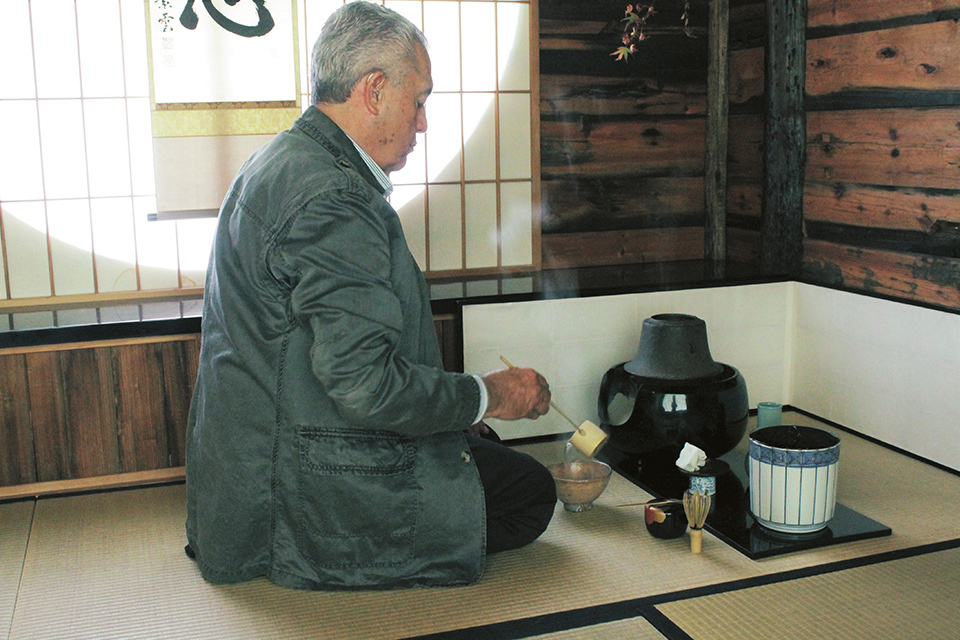
Behar teaches the Japanese tea ceremony in Sunkaraku.
A pair of charming teahouses, Bosen-an and Sunkaraku, make you forget that you are in Mexico City. Here, Mexican film director Roberto Behar has helped to spread the practice of the Japanese tea ceremony in Mexico. It was over 30 years ago when he first began learning about the tea ceremony. In 2014, during the 400th anniversary of a Japanese diplomatic delegation’s journey to Mexico to negotiate direct trade between the two lands, Behar served an important role as “President of Chado Urasenke Tankokai Mexico” at a tea-offering ceremony performed by the Grand Master of Urasenke Sen Genshitsu Daisosho, one of the main schools of the Japanese tea ceremony. Speaking about the similarities between his work and the tea ceremony, Behar said, “There could be points in common between the road toward perfecting each art and their deep esthetics.”
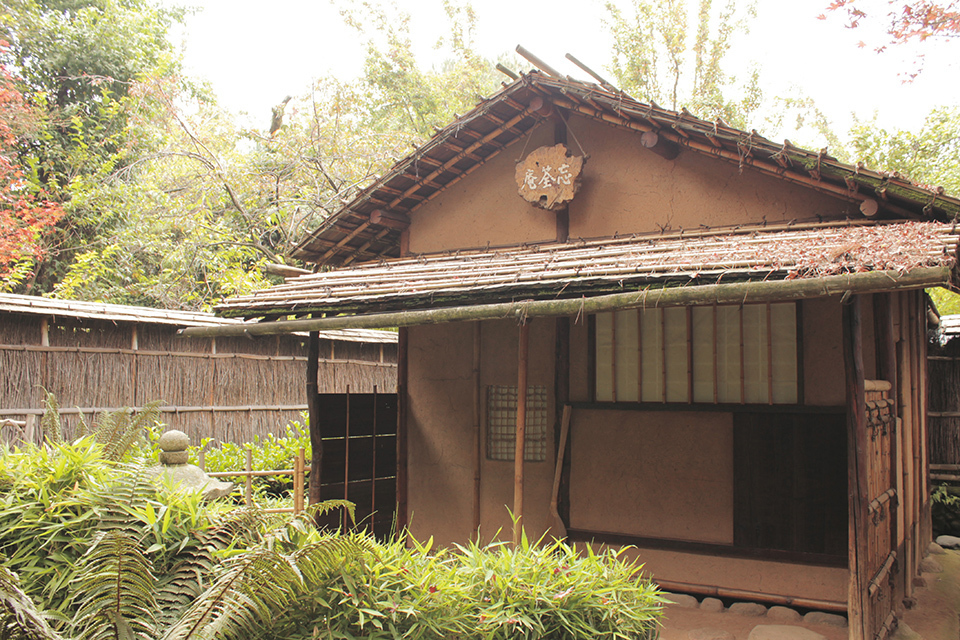
Bosen-an is a teahouse that Behar spent many years constructing. Its name was given by Ejo Takata Roshi, the first person to teach Zen thought in Mexico. “Bosen” is a Zen term that means “do not misconstrue the means for the purpose.”
Since he was in his 20s, Behar has been interested in Japanese culture, such as Japanese gardens and the architectural styles seen in shrines and temples. While traveling in America in the 1980s, he came across a book on the tea ceremony. The book came with a free paper model of Taian, a teahouse believed to be a design by Rikyū, who had a profound influence on the Japanese tea ceremony. Behar was captivated by the beauty of the teahouse. “For someone like me, who loves Japanese architecture so much, the teahouse is incredibly alluring. Japanese carpentry has developed thanks to sophisticated, advanced techniques, and the teahouse is its pinnacle,” he said. Later, he decided to actually build a teahouse based on the model. He spent eight years gathering suitable materials from all over Mexico. “I went out to towns in the middle of nowhere, where I heard that there was an abandoned indigenous people’s settlement. Dust-covered wood in a seasoned condition helps create the atmosphere.” To replicate the design in the book, Behar collaborated with Mexican artisans to complete the Bosen-an teahouse.
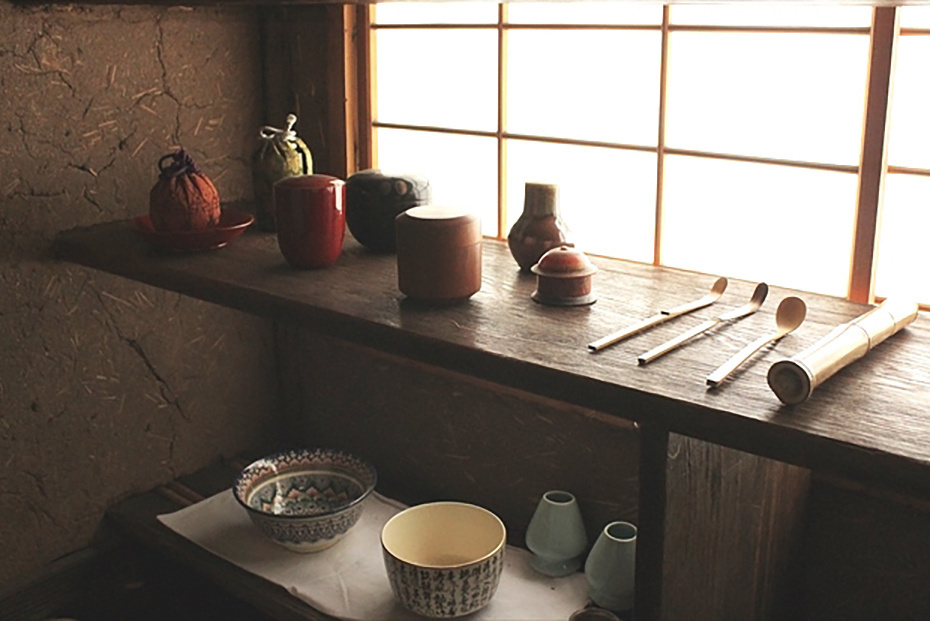
Behar said he collected his ladle, bowl and other tea ceremony implements from antique shops in Japan.
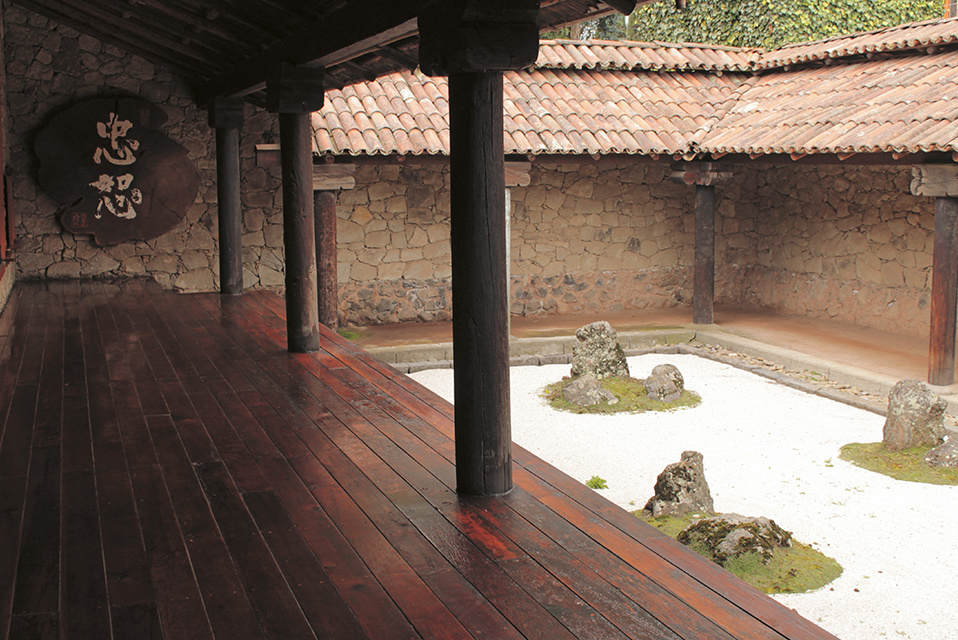
The inclusion of a rock garden enhances the Japanese ambience.
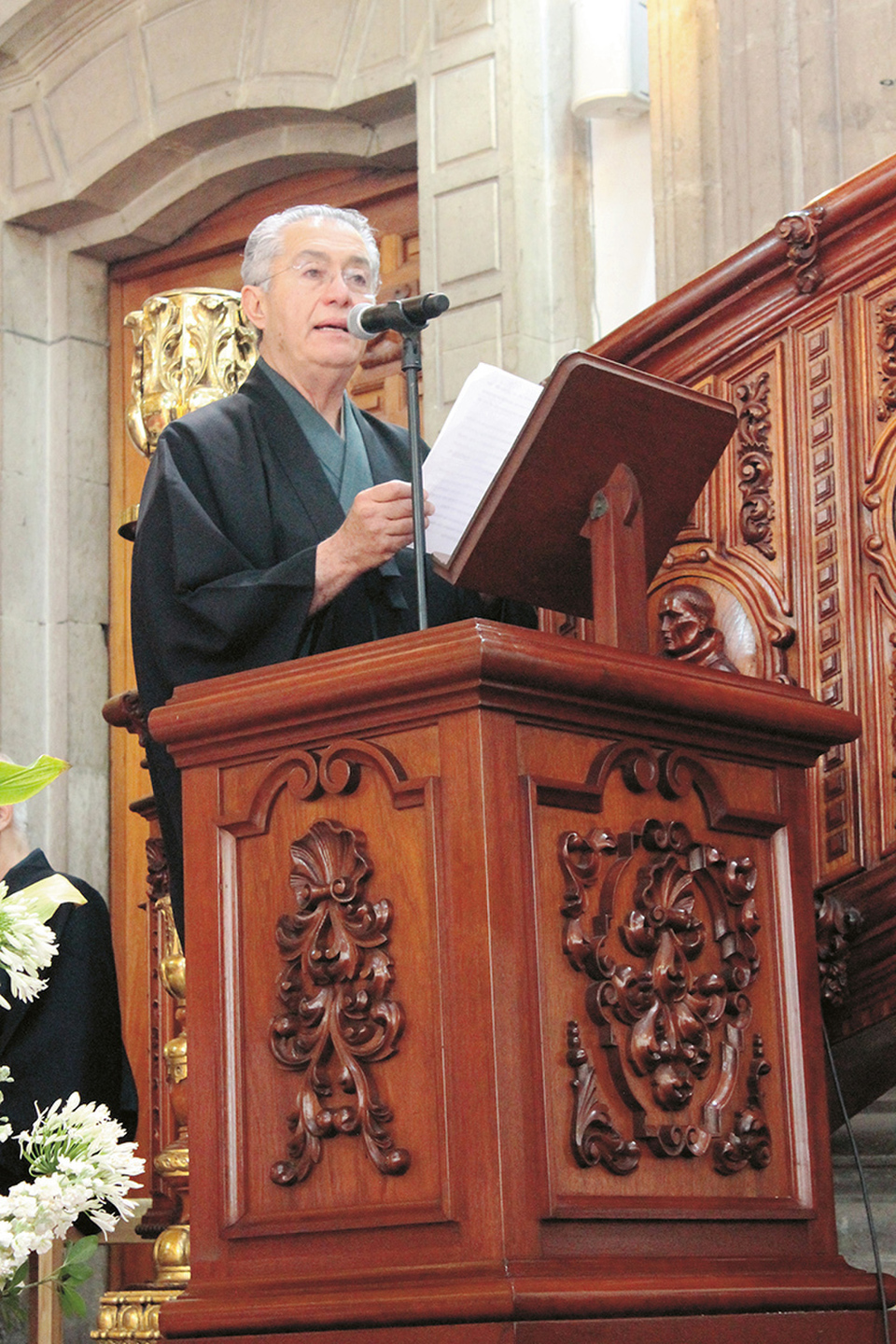
After all the hard work creating the teahouse, Behar wanted next to give it its own “spirit.” With that idea in mind, he started studying in 1987 under Higurashi Soho, a high-level instructor of the Urasenke school who, at the time, was teaching the tea ceremony in Mexico. Speaking about his first tea gathering, Behar said, “I was a novice who didn’t understand anything about the profundity of the tea ceremony, but I was deeply impressed by the skill with which my teacher served as the host and the quiet yet meticulous care he took to treat his guests.” Studying the tea ceremony under his teacher, Higurashi sensei, Behar gradually learned about its philosophy, too. “The Zen thought of the tea ceremony changed the way I view life. You could say it had a big impact on me spiritually, such as learning kindness to others and controlling one’s anger. That may be the biggest reason why I have continued to perform the tea ceremony for over 30 years.”
For 13 years now, Behar has been teaching the tea ceremony to Mexicans. “My students are impressed by the tea ceremony’s profundity and the beauty of Japanese culture.” Though going on 80 years old, his passion for the tea ceremony shows no signs of diminishing. He said, “Maruoka Soyo, an Urasenke director and the teacher assigned to Mexico, is following in Higurashi’s footsteps and is working to spread the tea ceremony with a new approach.” Behar goes on, “As I did with Higurashi sensei, I hope that I can work with Maruoka sensei so that even more Mexicans can enjoy the tea ceremony.”
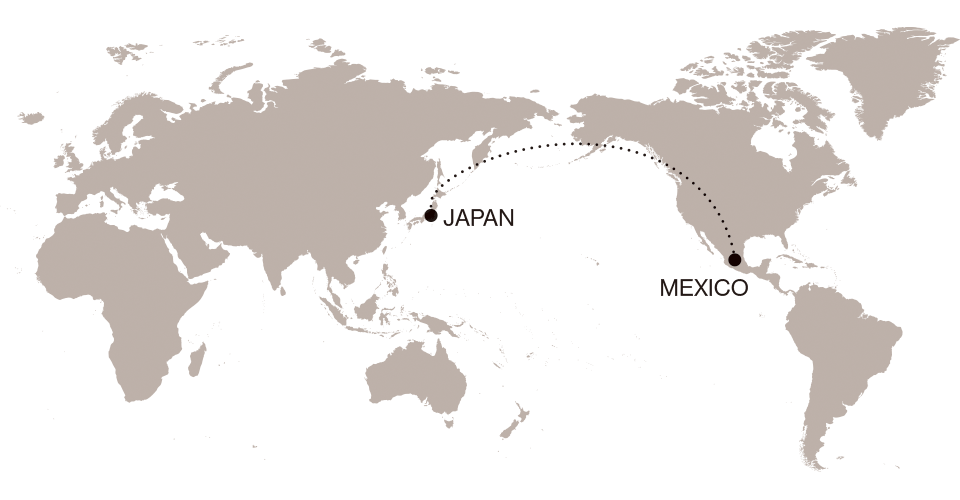
ROBERTO BEHAR
Born in Mexico City, Roberto Behar is a film director and teaches the tea ceremony to younger practitioners. In the spring of 2018, he was conferred the Order of the Rising Sun, Gold and Silver Rays, a Japanese commendation conferred upon those who perform a great service for the country and the public, as recognition of his efforts in spreading the tea ceremony in Mexico.






























